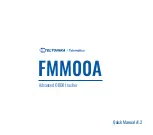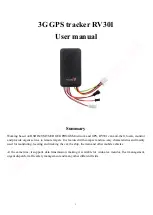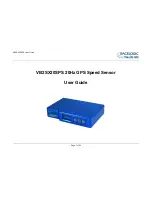
4
Connecting the LGC-2000
The LGC-2000 can communicate with your GPS unit either directly (using
the supplied extension cable) or through a NMEA 2000 network.
Connecting Directly to the Unit
After the module is installed, attach it to the end of the Y-adapter ex-
tension cable as shown in the following diagram. To connect it to the
unit, insert the extension cable's splitter plug into the Network socket
on the back of the unit and your system is ready to use.
LGC-2000 direct connection to GPS unit.
NOTE:
The extension cable’s shorter branch will have a 60-ohm terminator at-
tached to it.
Do not remove this terminator.
When you're not con-
necting to a NMEA 2000 buss, you must leave the terminator con-
nected to this socket for your antenna/receiver to function correctly.
Connecting to a NMEA 2000 Network
The LGC-2000 can be connected to a NMEA 2000 buss, providing GPS
information to any Lowrance GPS units attached to the buss. Contact LEI
Extras (see back page for contact information) for a NMEA 2000 buss
adapter cable if you would like to do this. Simply attach the LGC-2000's
connector to one end of the adapter cable and attach the other to an avail-
able port on the NMEA 2000 buss, as shown in the following image. (You
will have to use a similar adapter cable to connect your Lowrance unit to
the NMEA buss. See the unit's manual for complete instructions.)
LGC-2000 connection to NMEA 2000 buss.
NOTE:
An existing operational NMEA 2000 buss will already have termina-
tors in place and will already be powered. If you're connecting to such a
network, you won't need the terminators or extension cable provided.
Do not add
terminators or power to a functional NMEA 2000 buss!
When the LGC-2000 is connected to the unit (directly or indirectly), it
will begin providing GPS signal information.
25' Y-adapter
extension cable
60-ohm
terminator
LGC-2000
To unit
Splitter plug
To NMEA 2000
network port
LGC-2000























